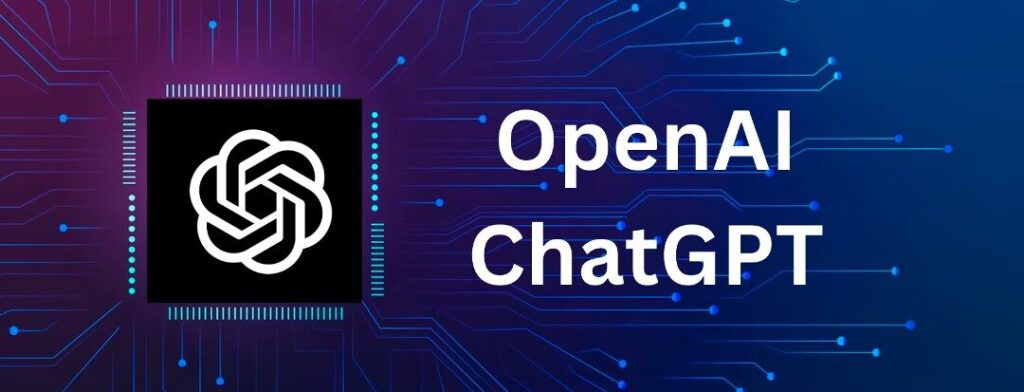If you’ve ever used ChatGPT, you know that getting the right answer depends heavily on how you phrase your question. Writing effective prompts is crucial because the prompt content significantly influences the AI’s responses. In this post, we’ll explore the six essential components of a well-crafted prompt, backed by examples to help you practice and improve your prompting skills.
Background

Understanding why prompt engineering is important starts with recognizing its impact on AI performance. Clear and precise prompts enable ChatGPT to deliver more accurate and relevant responses. This practice, known as ‘prompt engineering,’ is fundamental in maximizing the utility of AI tools across various applications, from customer service to content creation.
Key Components of Effective Prompts
- Task: Define the specific action you want the AI to perform. Clear instructions help the AI understand the desired outcome. For example, “Generate a blog post” or “Analyze this data.”
- Context: Provide background information relevant to the task. Context helps the AI grasp the situation better, leading to more accurate responses. For instance, “I run a blog about health and wellness.”
- Example: Offering examples of desired results can guide the AI towards producing similar outputs. For instance, “Write an article about the benefits of yoga for stress relief.”
- Persona: Setting a specific persona for the AI can enhance the quality of responses. For example, “You are a fitness trainer.”
- Format: Specify the structure of the output. This ensures the AI organizes the response appropriately. For example, “Write in a list format.”
- Tone: Define the tone of the response to match the intended audience. For example, “Write in a friendly and conversational tone.”
Examples of Prompt Construction
Case 1: Customer Service Response
Step 1: Crafting Individual Components
- Task: “Create a response to a customer inquiry.”
- Context: “Our website sells various electronic gadgets.”
- Example: “A customer asking about the refund process.”
- Persona: “You are a customer service representative.”
- Format: “Write in a Q&A format.”
- Tone: “Use a professional and friendly tone.”
Step 2: Combining Components into a Cohesive Prompt
“Imagine you are a customer service representative for a website that sells various electronic gadgets. Create a professional and friendly Q&A format response to a customer asking about the refund process.”
Resulting Response from ChatGPT
1. Initial Inquiry Response: “Thank you for reaching out. To start the refund process, please provide your order number and reason for the return.”
2. Detailed Refund Procedure: “Ensure the product is in its original condition with all accessories. Log into your account, select your order, and click 'Request Refund.'”
3. Eligibility Concerns: “If the product is unopened and within 30 days of purchase, it’s eligible for a refund. Please share more details about the product’s condition.”
4. Refund Delays: “Refunds typically take 7-10 business days after receiving the returned item. Please provide the tracking number for the return.”
5. Refund Amount: “You will receive a refund for the product price minus shipping costs, unless the return is due to our error.”Case 2: Marketing Strategy Development
Step 1: Crafting Individual Components
- Task: “Develop a marketing strategy for a new product launch.”
- Context: “Our company makes eco-friendly household products.”
- Example: “Ideas for a product launch campaign.”
- Persona: “You are a marketing expert.”
- Format: “Present in a slide format.”
- Tone: “Use a creative and persuasive tone.”
Step 2: Combining Components into a Cohesive Prompt
“Our company manufactures eco-friendly household products. As a marketing expert, develop a creative and persuasive slide presentation for our new product launch campaign, including campaign ideas.”
Case 3: Educational Material Creation
Step 1: Crafting Individual Components
- Task: “Create high school biology lesson materials.”
- Context: “Explain biological concepts clearly with examples.”
- Example: “Describe the structure and function of cells.”
- Persona: “You are a biology teacher.”
- Format: “Use a presentation format.”
- Tone: “Use an educational and easy-to-understand tone.”
Step 2: Combining Components into a Cohesive Prompt
“You are a biology teacher. Create an educational and easy-to-understand presentation for high school students, explaining the structure and function of cells with examples.”
Challenges with Providing Context

The most challenging component of prompt engineering is often the context. It requires a balance between being informative and concise to avoid overwhelming the AI. The goal is to provide just enough information for the AI to understand the scenario without being verbose.
Benefits of Prompt Engineering

Mastering prompt engineering offers significant advantages, including more accurate outputs, time and resource efficiency, and broader application across various industries. Understanding and applying the six components effectively can transform how you interact with AI, leading to better results and enhanced productivity.
Conclusion
By grasping the six key components of effective prompt writing—task, context, example, persona, format, and tone—you can significantly improve the quality of responses from ChatGPT. This skill is invaluable in leveraging AI for various applications, ensuring that you get the most out of your AI interactions.
For further reading and examples, check out resources on crafting effective prompts and advanced techniques:
Coursera - How To Write ChatGPT Prompts: Your 2024 Guide

